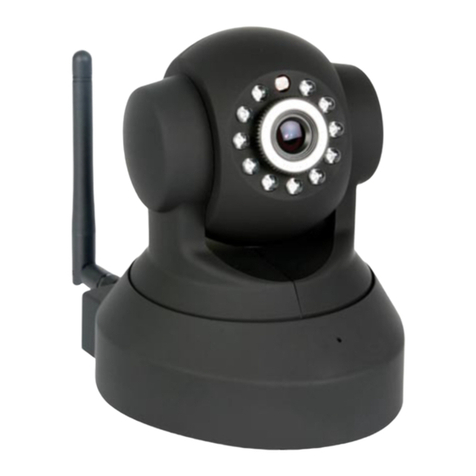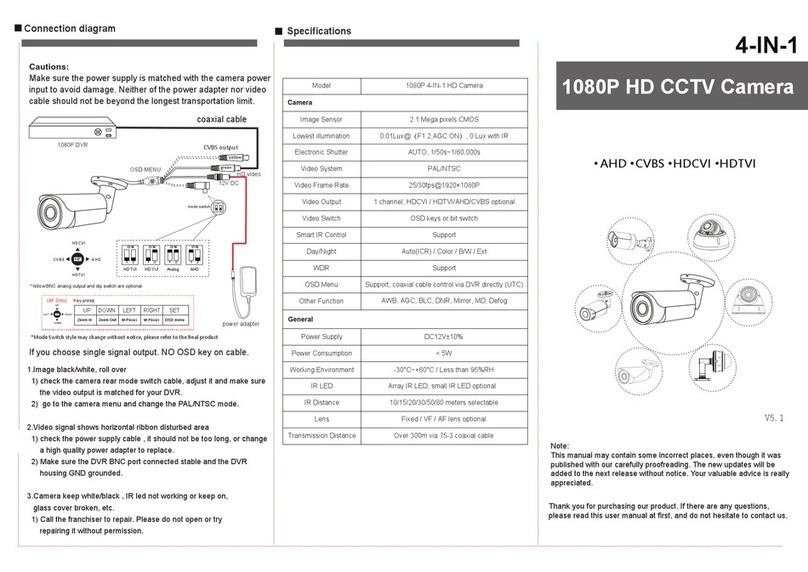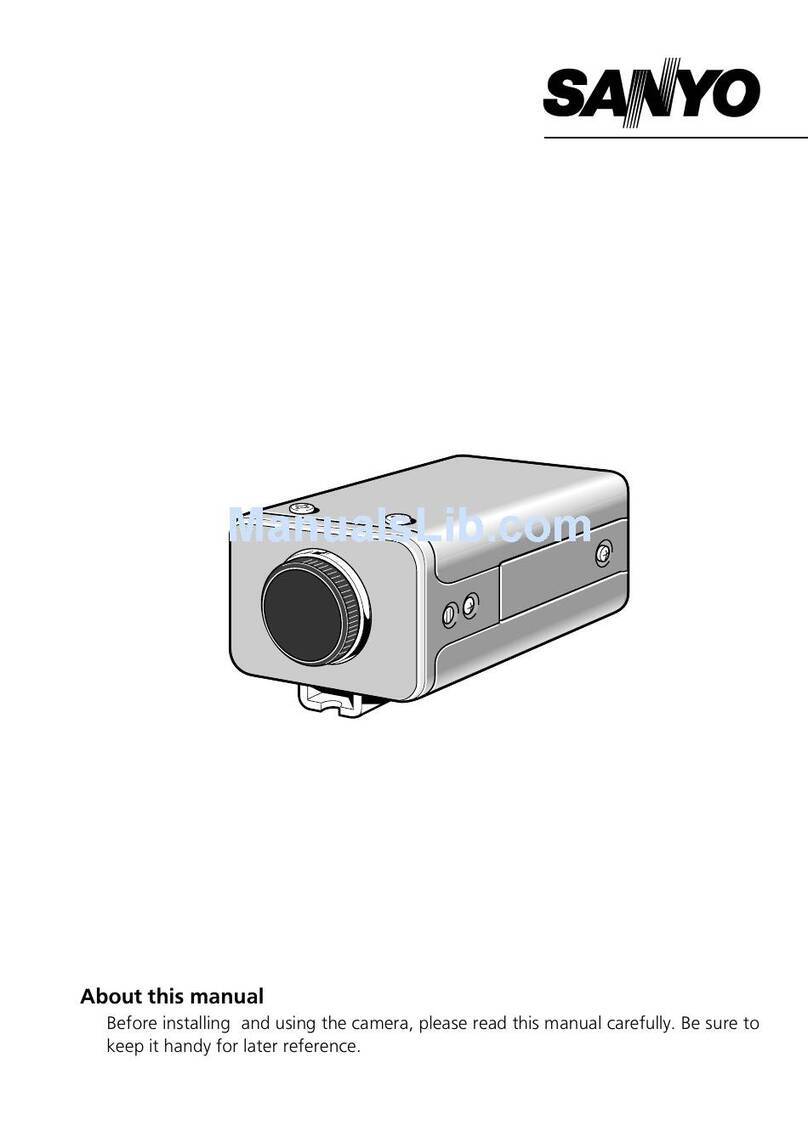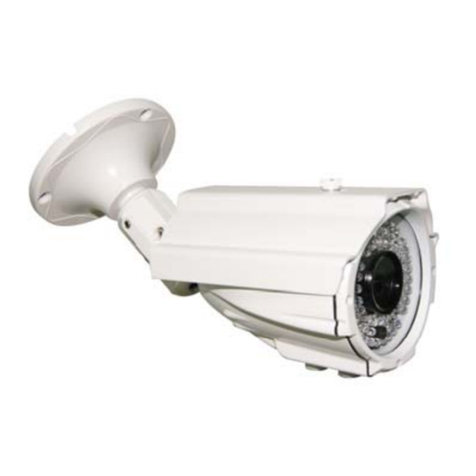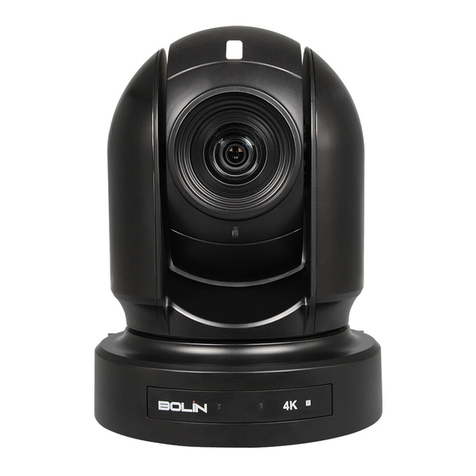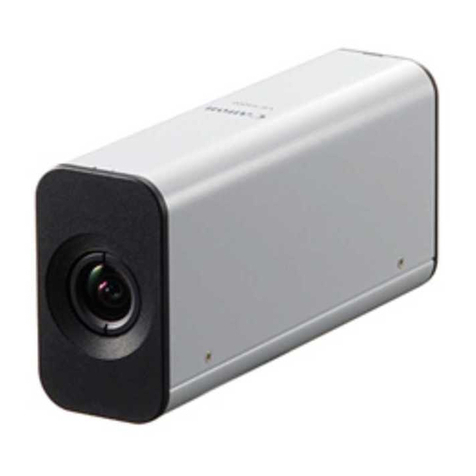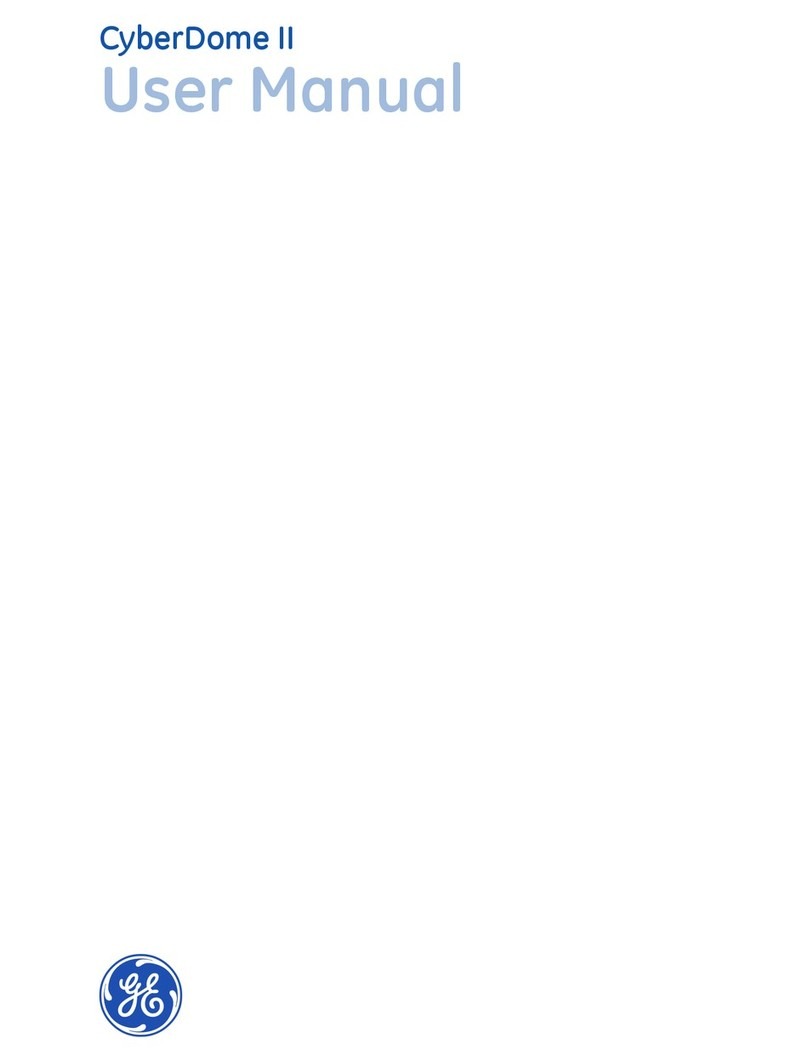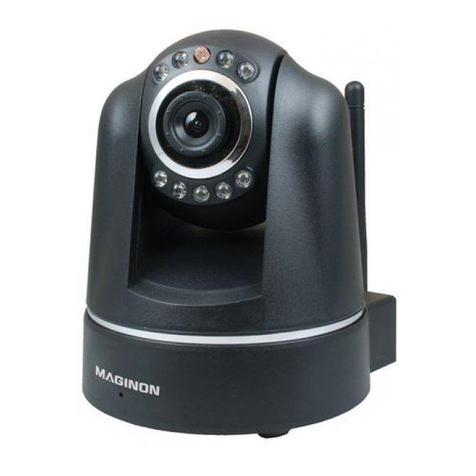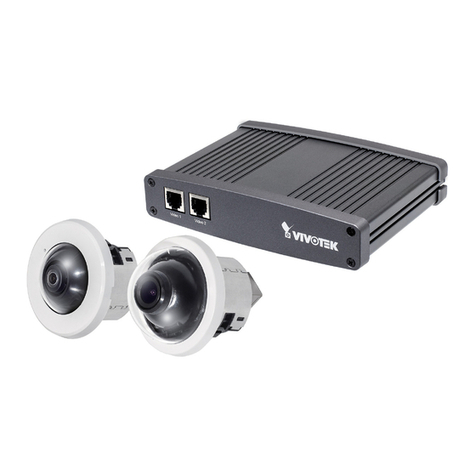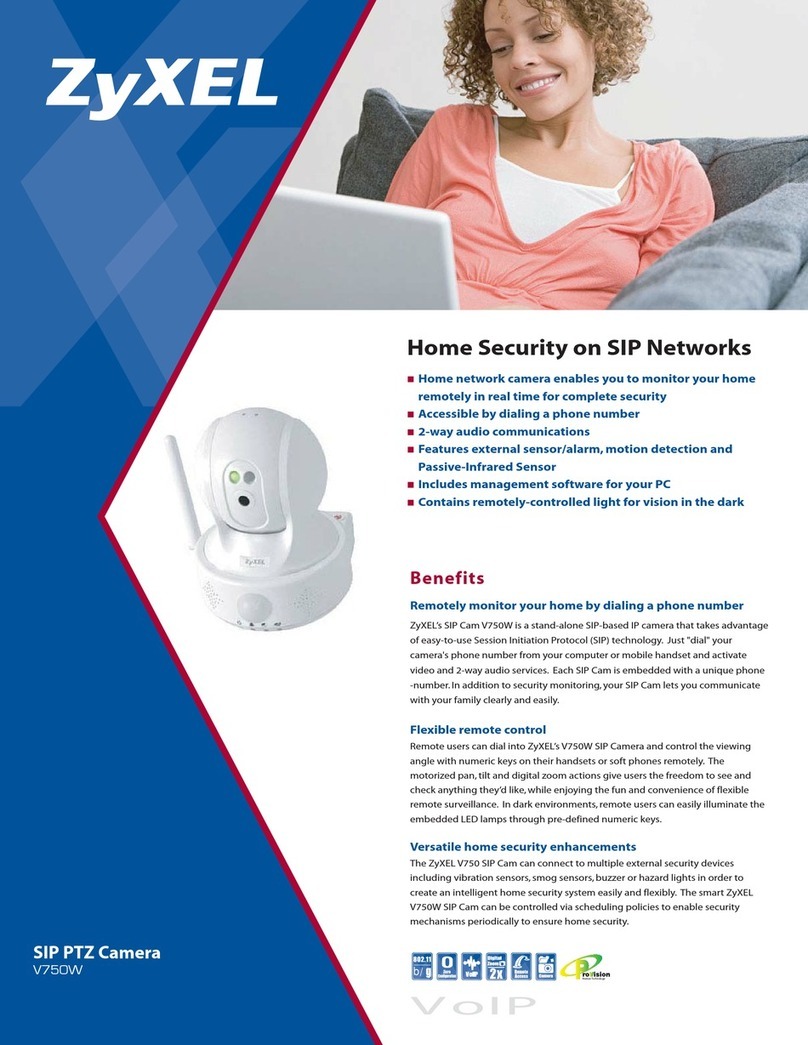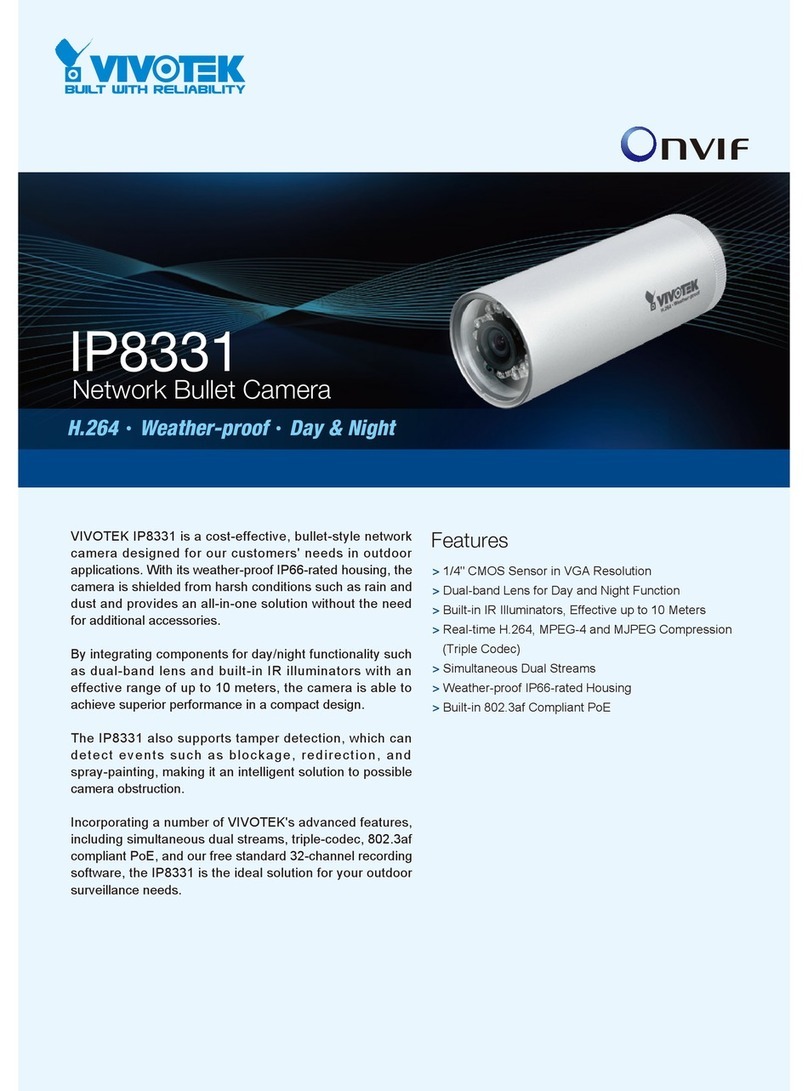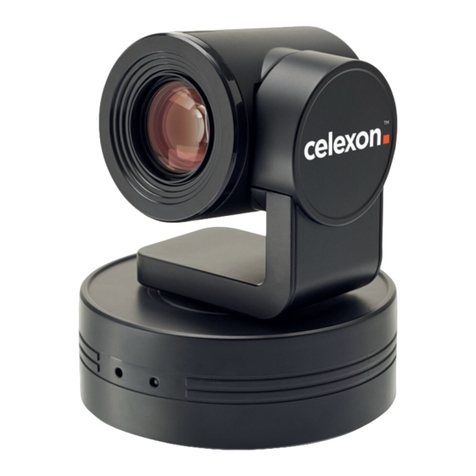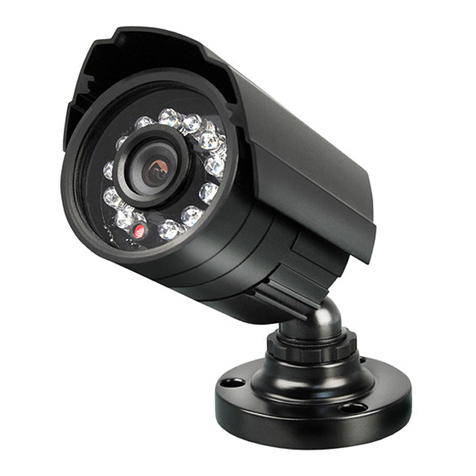SECURENET AVA User manual

Quick Start Guide
INDOOR CAMERA
POWERED BY
AVA


MICROPHONE
LENS
STATUS INDICATOR
POWER
OUTPUT
RESET
BUTTON
SPEAKER
Getting to know the camera
+Flashing blue: the camera is on
and ready for Wi-Fi connection
+ Steady blue: the camera is
running properly
+ Steady red: the camera is starting
+ Flashing red: there is a
network connection issue
STATUS INDICATOR

1INDOOR CAMERA
What’s in the box?
2POWER ADAPTER AND
MICRO USB CABLE
3SCREWS & ANCHORS
Open the side cover to insert a
MicroSD card.
The card will be formatted during
the add camera process.
Installing a MicroSD card (optional)

Powering the camera
Connect the Micro USB end of the
power cable to the camera and the
USB end to the power adapter.
If mounting, place the camera back
onto the magnetic disc.
Connect the power adapter to an AC
power outlet to power up the camera.
Connecting to the camera
In the app, go to the Video or Settings > Video settings page and tap the
circular “+” button to launch the camera installation wizard.
Follow the instructions in the app to connect the camera to your account
and configure the network settings.
Resetting the camera
If you change your Wi-Fi network or for some other reason you cannot
connect to the camera, you will need to reset it. Press and hold the Reset
button on the back of the camera for 10 seconds.
In the app, go to the Settings > Video settings page and select the camera.
Update the Wi-Fi settings to re-establish a connection to the camera.

This device complies with Part 15 of the FCC Rules. Operation is subject to the following two conditions:
(1) This device may not cause harmful interference, and
(2) This device must accept any interference received, including interference that may cause undesired operation.
Note: This product has been tested and found to comply with the limits for a Class B digital device, pursuant to Part 15 of the FCC Rules. These limits are designed to
provide reasonable protection against harmful interference in a residential installation. This product generates, uses, and can radiate radio frequency energy and, if not
installed and used in accordance with the instructions, may cause harmful interference to radio communications. However, there is no guarantee that interference will
not occur in a particular installation. If this product does cause harmful interference to radio or television reception, which can be determined by turning the equipment
o and on, the user is encouraged to try to correct the interference by one or more of the following measures:
—Reorient or relocate the receiving antenna.
—Increase the separation between the equipment and receiver.
—Connect the equipment into an outlet on a circuit dierent from that to which the receiver is connected.
—Consult the dealer or an experienced radio/TV technician for help.
Please take attention that changes or modification not expressly approved by the party responsible for compliance could void the user’s authority to operate the
equipment.
This device complies with Industry Canada licence-exempt RSS standard(s). Operation is subject to the following two conditions:
(1) this device may not cause interference, and
(2) this device must accept any interference, including interference that may cause undesired operation of the device.
Le présent appareil est conforme aux CNR d’Industrie Canada applicables aux appareils radioexempts de licence. L’exploitation est autorisée aux deux conditions
suivantes :
(1) l’appareil ne doit pas produire de brouillage, et
(2) l’utilisateur de l’appareil doit accepter tout brouillage radioélectrique subi, même si le brouillage est susceptible d’en compromettre le fonctionnement.
Under Industry Canada regulations, this radio transmitter may only operate using an antenna of a type and maximum (or lesser) gain approved for the transmitter by
Industry Canada. To reduce potential radio interference to other users, the antenna type and its gain should be so chosen that the equivalent isotropically radiated
power (e.i.r.p.) is not more than that necessary for successful communication.
Conformément à la réglementation d’Industrie Canada, le présent émetteur radio peut
fonctionner avec une antenne d’un type et d’un gain maximal (ou inférieur) approuvé pour l’émetteur par Industrie Canada. Dans le but de réduire les risques de
brouillage radioélectrique à l’intention des autres utilisateurs, il faut choisir le type d’antenne et son gain de sorte que la puissance isotrope rayonnée équivalente
(p.i.r.e.) ne dépasse pas l’intensité nécessaire à l’établissement d’une communication satisfaisante.
CAN ICES-3 (B)/NMB-3(B)
This equipment complies with FCC/IC RSS-102 radiation exposure limits set forth for an uncontrolled environment. This equipment should be installed and operated
with minimum distance 20cm between the radiator & your body.
ce matériel est conforme aux limites de dose d’exposition aux rayonnements, FCC / CNR-102 énoncée dans un autre environnement.cette eqipment devrait être installé
et exploité avec distance minimale de 20 entre le radiateur et votre corps.
Do not place the camera in extremely hot, cold, dusty, or damp locations, and do not expose it to electromagnetic radiation.
The operating temperature is 14° F to 104° F (-10° C to +40° C).
Table of contents
